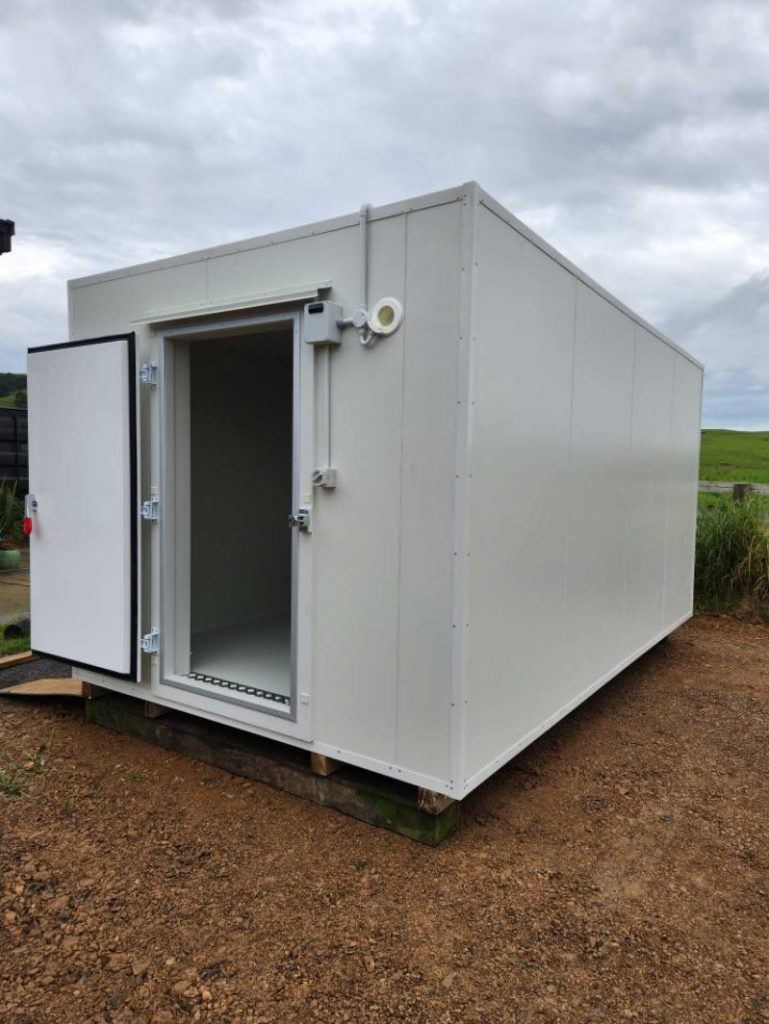When it comes to the commercial industry, walk-in freezers have become indispensable for industrial refrigeration that can store large amounts of perishable items. This implies that the energy consumption of these units can have large impacts not only on its operating costs but also for ensuring a high level of efficiency in terms of energy. Here, we dive into walk-in freezer power consumption by range of wattage frequently seen and what might cause that to vary plus strategies for reducing energy usage.

Understanding Walk-In Freezer Energy Consumption
The energy use of a walk-in freezer is in watts (W), which shows you how much power the unit needs. Energy use varies widely depending on the size of the freezer, its age and how often it is accessed. Often, walk-in freezers are operated 24/7 in order to preserve the extremely low temperature necessary for optimal operation; this also means that they consume a considerable amount of energy. Commercial walk-in freezers typically run between 1200 to 180000 watts per hour depending on size, and larger ones may even require more.
Factors Influencing Power Usage in Walk-In Freezers
Five crucial factors that affect power usage of a walk-in freezer 5 Key Points using Power in your Walkin Freezer
- Size — As expected, larger freezers consume more electricity because they contain a larger volume of air that needs to be cooled.
- Quality of insulation: The better the quality of insulation, the less hard a refrigeration system has to work which results in lower energy consumption.
- Location: Keeping the cooler out of sunlight and away from heat sources will lower energy usage.
- Frequency of Use – A refrigerator with frequent door openings are subjected to ambient warm air anytime the doors are opened, causing the compression system to utilize more energy “working” at keeping temperatures low.
- Age and Status: Freezers that are older or have deteriorating seals may consume more energy than new/free/unbroken freezers.
Average Wattage Range of Walk-In Freezer
The wattage of a walk-in freezer can range greatly based on not only the size but also how efficient they are. Some large or old model units can consume even more than this but, in general a commercial walk-in freezer will typically use between 1200 — 1800 watts per hour. A 4.7-cubic-metre model might draw circa 1200 watts, a larger (eg:9.2 cubic metre) around the ballpark of about 1800-watts.
Some Tips on Walk-In Freezer Energy Efficiency
To put things into perspective, the costs of operating a walk-in freezer can be cut dramatically by:
- Maintain equipment: Keep refrigeration systems in check with clean coils and seals that are in proper working order.
- Location: Place the freezer in an area that is cool and shaded to reduce its workload on your cooling system.
- Quality Insulation: Purchase best in class home insulation to cut down on energy waste by keeping heat from moving around your space.
- Cut Down on Door Openings: During the day and throughout winter months, try to limit the frequency of which you open your freezer.
- Defrost Regularly: Ice buildup raises energy use, so often defrosts (How to make your refrigerator consume less energy)
Energy Usage Comparison – Walk-In Freezer vs. Other Refrigeration Units
Walk-in freezers typically use more energy than other refrigeration equipment because they are so large and must be kept at a much lower temperature. A conventional upright freezer model can consume from 500 watts to as high as 900 on the size, less than a walk-in freezer that varies between approximately 1200 up to slightly over 1800 Watts and higher.
Walk-in freezers have a big surface area and need much more cooling than the tall upright models (Source) which in turn, results in an increased energy consumption of walk-ins as compared to other units.
As you can see, energy use is critical in walk-in freezer and how to reduce it via common practices include the most effective ways of saving money and even lessening the environmental carbon footprints. Factors such as size, insulation and usage patterns must be considered in order to ensure that the energy demand of a business is managed well so they can decrease operational costs.